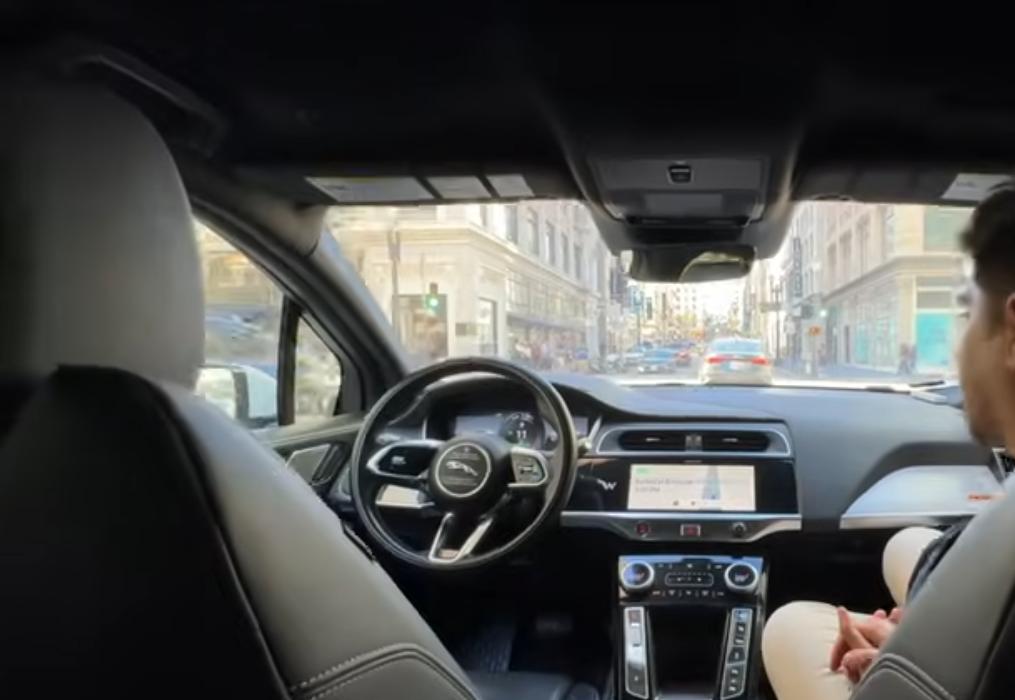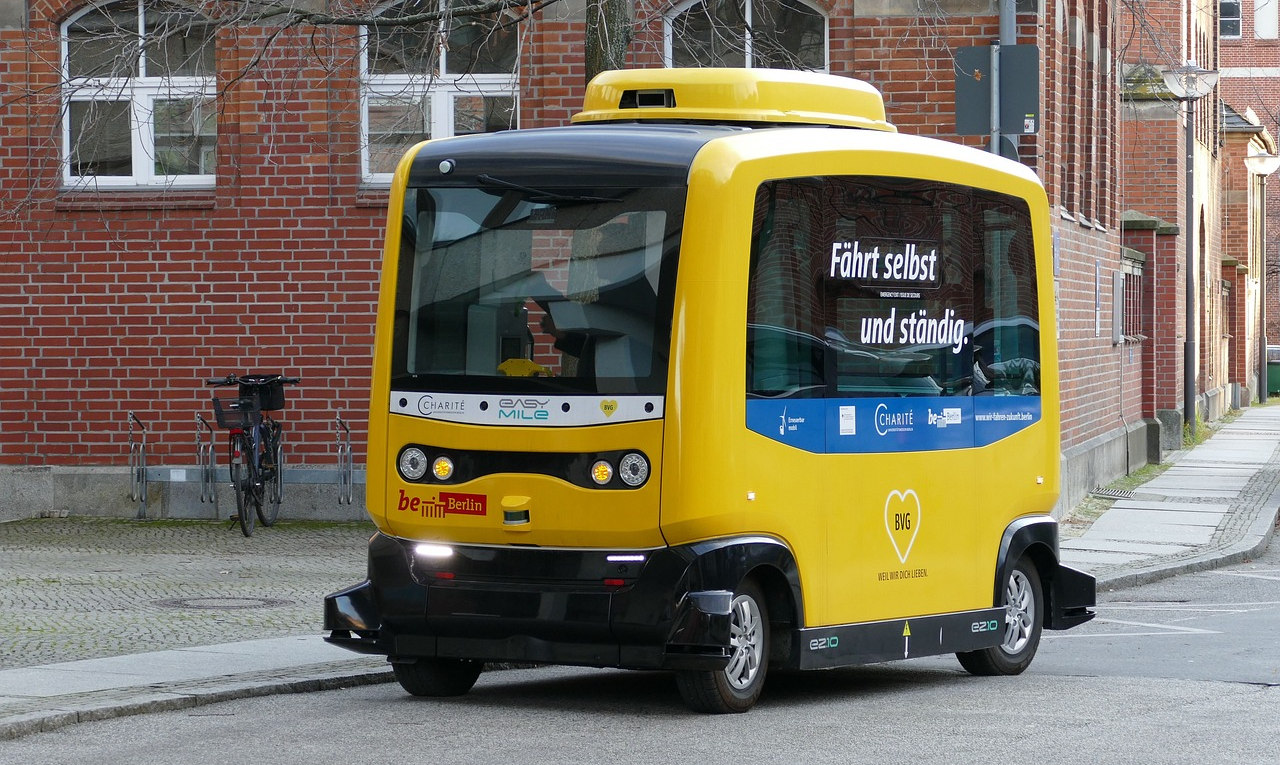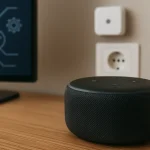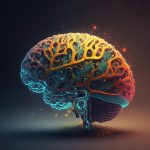Self-driving cars are no longer just a futuristic dream. Thanks to advancements in Artificial Intelligence (AI), sensors, and the Internet of Things (IoT), autonomous vehicles are becoming a real part of modern transportation. In fact, IoT in self-driving cars is one of the most important technologies enabling vehicles to drive safely, efficiently, and intelligently without human intervention.
In this article, we’ll explore how IoT technology powers autonomous vehicles, the systems behind it, and why it’s vital for the future of transportation.
What is IoT in Self-Driving Cars?
The Internet of Things (IoT) refers to a network of interconnected devices that collect, transmit, and act on data. In the case of self-driving cars, IoT systems allow vehicles to gather information from their environment, make real-time decisions, communicate with other devices, and constantly update their software and capabilities.
Without IoT, self-driving cars wouldn’t be able to “see,” “hear,” or “talk” to the world around them — all essential skills for safe autonomous navigation.
Ethical considerations surrounding self-driving cars
How IoT Powers Autonomous Vehicles
1. Real-Time Data Collection from Sensors
Self-driving cars are equipped with a wide array of sensors such as:
- LIDAR (Light Detection and Ranging)
- Radar
- Cameras
- Ultrasonic sensors
These devices continuously gather real-time data about surrounding vehicles, road conditions, pedestrians, traffic signals, and weather patterns. IoT technology enables all this data to be processed locally (at the “edge”) and transmitted to cloud platforms when needed.
2. Vehicle-to-Everything (V2X) Communication
IoT enables self-driving cars to communicate not only with each other (Vehicle-to-Vehicle, V2V) but also with:
- Traffic infrastructure (Vehicle-to-Infrastructure, V2I)
- Pedestrians’ mobile devices (Vehicle-to-Pedestrian, V2P)
- The cloud (Vehicle-to-Network, V2N)
This system is called V2X communication, and it helps prevent accidents, optimize traffic flow, and ensure faster emergency responses.
3. Cloud Connectivity and Over-the-Air Updates
Self-driving cars frequently receive software updates, patches, and improvements remotely — without needing a service center visit. Thanks to IoT cloud platforms, manufacturers can:
- Monitor vehicle health remotely
- Deploy real-time map updates
- Improve self-driving algorithms over time
Tesla is one of the best-known examples of using IoT cloud systems to improve its Autopilot and Full Self-Driving (FSD) capabilities after vehicles are already on the road.
4. Predictive Maintenance and Diagnostics
IoT sensors monitor the vehicle’s components, detecting early signs of wear and tear. By analyzing this data:
- Drivers receive alerts before a breakdown occurs
- Maintenance schedules are optimized
- Long-term vehicle health improves
This not only saves money but also ensures the safety of the autonomous driving experience.

Benefits of IoT in Self-Driving Cars
- Increased Safety: Real-time communication and environment awareness significantly reduce accident risks.
- Traffic Optimization: IoT-connected vehicles can adjust routes and speeds to avoid traffic congestion.
- Environmental Impact: Smarter route planning and energy management contribute to lower emissions.
- Enhanced Passenger Experience: Features like personalized cabin settings, streaming services, and predictive navigation improve comfort and convenience.
Challenges to Overcome
While the integration of IoT in self-driving cars is groundbreaking, some challenges still exist:
- Data Privacy and Security: Vehicles generate massive amounts of personal and location data. Securing this information is critical.
- Network Reliability: Autonomous vehicles rely on low-latency, high-speed internet (like 5G). In areas with poor connectivity, performance could suffer.
- Standardization: Different automakers and technology providers must collaborate on common communication standards for maximum efficiency.
The Future of IoT and Autonomous Vehicles
As IoT technology matures, self-driving cars will become even more autonomous, intelligent, and safe. Future improvements may include:
- Greater use of AI and Machine Learning to adapt to unique driving conditions
- More robust cybersecurity frameworks protecting vehicle data
- Seamless integration with smart cities, traffic management systems, and energy grids
The combination of IoT and AI will transform self-driving vehicles from isolated machines into fully connected parts of an intelligent transportation network.
Final Thoughts
The synergy between IoT and self-driving cars is setting the stage for a new era in mobility. IoT in self-driving cars makes it possible for vehicles to “think,” “communicate,” and “learn,” pushing the boundaries of what transportation can achieve. As technology advances, we can expect safer roads, cleaner cities, and a world where commuting becomes smarter and more efficient than ever before.
image: youtube
- Local AI in Smart Homes: What Happens When the Cloud Goes Down?
 In the age of cloud computing and always-connected devices, smart homes have become increasingly dependent on the internet. But what happens when your connection drops? That’s where local AI comes into play. This article explores the benefits, limitations, and future of local AI in smart homes systems—and why it might be the key to a…
In the age of cloud computing and always-connected devices, smart homes have become increasingly dependent on the internet. But what happens when your connection drops? That’s where local AI comes into play. This article explores the benefits, limitations, and future of local AI in smart homes systems—and why it might be the key to a… - Hidden Features of Your Smart TV You’re Probably Not Using — But Should
 Smart TVs have come a long way since their early days. While most people use them for Netflix, YouTube, and the occasional screen mirroring session, today’s smart TVs pack a wealth of features that often go unnoticed. These hidden gems can transform your entertainment experience, improve convenience, and even tighten your home security. In this…
Smart TVs have come a long way since their early days. While most people use them for Netflix, YouTube, and the occasional screen mirroring session, today’s smart TVs pack a wealth of features that often go unnoticed. These hidden gems can transform your entertainment experience, improve convenience, and even tighten your home security. In this… - Is My Smart TV Spying on Me? How to Protect Your Privacy
 Smart TV Privacy – In today’s connected homes, smart TVs are as common as coffee makers — but have you ever wondered if your smart TV is watching you back? It’s not just paranoia. With microphones, cameras, and internet connections, smart TVs can pose serious privacy risks if not properly managed. Let’s dive into what…
Smart TV Privacy – In today’s connected homes, smart TVs are as common as coffee makers — but have you ever wondered if your smart TV is watching you back? It’s not just paranoia. With microphones, cameras, and internet connections, smart TVs can pose serious privacy risks if not properly managed. Let’s dive into what… - Smart Bathrooms: Hygiene and Automation Combined
 In 2025, the bathroom is no longer just a functional space—it’s a hub of innovation. With the rise of smart home technology, bathrooms are getting a high-tech makeover. From automatic faucets to AI-powered mirrors, the smart bathroom combines hygiene and automation to create a cleaner, more convenient daily experience. Let’s explore what this transformation means,…
In 2025, the bathroom is no longer just a functional space—it’s a hub of innovation. With the rise of smart home technology, bathrooms are getting a high-tech makeover. From automatic faucets to AI-powered mirrors, the smart bathroom combines hygiene and automation to create a cleaner, more convenient daily experience. Let’s explore what this transformation means,… - Voice Assistants vs Smart Home Hubs: What Should You Choose?
 In today’s connected homes, convenience is only a voice command away. But when building or upgrading a smart home, many people face a common dilemma: Should you rely on voice assistants like Alexa or Google Assistant, or opt for a dedicated smart home hub like SmartThings or Hubitat? Both systems offer powerful ways to automate…
In today’s connected homes, convenience is only a voice command away. But when building or upgrading a smart home, many people face a common dilemma: Should you rely on voice assistants like Alexa or Google Assistant, or opt for a dedicated smart home hub like SmartThings or Hubitat? Both systems offer powerful ways to automate…








